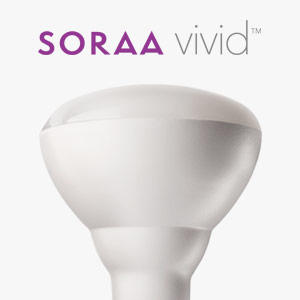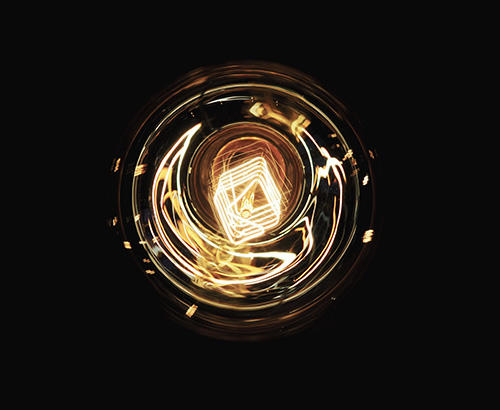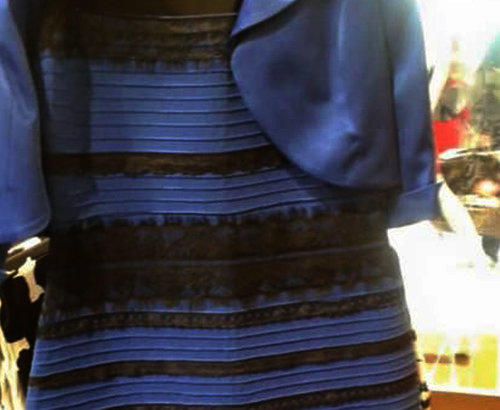Top Ten Challenges For Solid-State Lighting: #7 – Digital Transition
April 2015 - by Aurelien David, SORAA's Chief Scientist
I like this
In this series, we discuss short-term challenges for the LED industry – avoiding obvious discussion points like cost and focusing instead on more subtle but equally important considerations
The history of the digital revolution is well-known. After two centuries of innovation, the industrial revolution left us with a legacy of “analog” technologies which transformed humankind; in the last few decades however, nearly all these inventions were superseded by superior digital counterparts. Examples abound, from audio and video devices to written and verbal communications…

Today, the old-fashioned Edison bulb stands as a lone remnant of the analog era, having shown surprisingly little progress since its early days. We are finally witnessing a technology transition in lighting – but for the time being, we have to cope with the side-effects of this transition, in a world where incandescent lighting is still the norm. Below, I touch upon a few challenges caused by this “Edison legacy” – most are complex, and would call for a longer discussion.
- Electrical driving: This is maybe the most obvious limitation of incumbent analog technology. Today’s AC grid, the result of the fabled War of Currents, is the cause of countless challenges for non-incandescent lighting. As LEDs are naturally a DC component, they require rectification of AC current; often, this rectification is imperfect and leads to current ripples which cause stroboscopic flicker. This issue tends to become even worse when LEDs are dimmed down, as their driver circuits are optimized for full-power. Besides, the jungle of dimmers and drivers out in the field poses a serious compatibility challenge – not to mention minimum load requirements problematic for LEDs. Properly dealing with AC in retrofit applications is a hot topic for manufacturers, and we can expect imminent progress on this front – including from SORAA!
Eventually however, a more elegant solution is the switch to a local DC grid. This is already happening in some new installations and new fixtures – enabling the use of high-performance driver-free systems like SORAA’s Optical Light Engines. There are also opportunities for DC drive in fields such as solar-converted homes, and even off-the-grid applications in developing countries where the combination of solar and LED technologies can be life-changing.
- Light manipulation: Incandescent lighting can essentially be dimmed or turned off; as a by-product, light becomes warmer as it dims. In contrast, the opportunities for light manipulation with SSL are endless: dimming and CCT can be controlled independently; light can also walk off the Planckian locus and become colored; the spectrum can be tailored to influence color rendition and even physiological impact.
Today, a few products offer features such as RBG tuning; while noteworthy, these still suffer from implementation trade-offs. More effort will be required to combine these features with other aspects of high-quality lighting, including an acceptable price/performance trade-off and good optical design. Besides, there are many longer-term perspectives for light manipulation, including dynamic directionality control, advanced spectral tuning… Another avenue for significant progress is the interface: with so many degrees of freedom, how will we control light intuitively?
- Data connection: Big data and smart devices are cornerstones of modern technology. Today’s bulbs are mostly “dumb” – and so are most of our appliances – but the move to a connected home is imminent. As light manipulation becomes mainstream, so will the opportunity to transmit information on our needs and preferences in lighting. This raises open questions: for instance, how true smart lighting will be implemented – including what data protocol and support will prevail; and how this wealth of new knowledge will be harnessed to better serve us.
Certainly, the list of challenges in the digital transition is long; but the good news is that, after years of barely coping with the legacy of the analog era, LEDs are on the cusp of a true digital revolution. The results in coming months and years will be exciting to experience – both as lighting designers, manufacturers and as users!







